The swim test involves two time trial swims: a 400 m/yd. and a 200 m/yd.
Important: These workouts plans are designed for all swimmers and triathletes who can swim 400 m/yd under 9 minutes.
Before attempting these swims, perform a thorough warm-up and a small build set to get you used to swimming fast.
Warm-up example:
- 300 as 3 x (50 Freestyle + 50 other stroke)
- 200 Freestyle drill(s)
- 6 x 50 Freestyle descending 1 – 3 & 4 – 6 (R:15”/50) – Means swimming the 1st 50 at easy pace, the 2nd 50 a little faster and the 3rd 50 faster than the second one. Repeat the same from the 4th to the 6th 50. Note: the 4th and the 6th 50 should be close to race pace.
Start the test by swimming the 400 m/yd. first. It will less likely to affect the 200 m/yd. then the other way around.
- Perform both time trials from a push off from the wall, not a dive.
- Try and pace the trials as evenly as possible, don’t start too fast and then slow down.
Recover completely between each time trial with some easy swimming (e.g. 6 x 50 easy choice with 15 seconds rest between each 50)
Enter your times below and the calculator will do the rest!
Note: If the result comes up blank, ensure that you 200 time if faster than half your 400
Outpace Swimming
CSS test & paces
| Distances Paces | Easy | Steady | Solid (CSS) | Hard |
|---|
Understanding paces and effort levels
| Paces | Paces per 100 | What you should feel and focus |
|---|---|---|
| Easy | C.S.S. + 10 seconds | Can hold this pace for a very long time. Focus on a good technique but in the most relaxed way possible. Focus on a nice and high elbow position. |
| Steady | C.S.S. + 5 seconds | You should still feel good and be enjoying a pace that you could use for a long time (e.g. one hour, depending on current fitness). You should be able to maintain an efficient technique without suffering. Focus on distance per stroke with a stronger catch. |
| Solid | C.S.S. pace | Helps build endurance and strength. This pace requires you to optimize your distance per stroke and stroke rate as best you can. Focus on a very strong catch & pull as well as increasing your stroke rate (frequency) without losing your distance per stroke too much. The intensity should be high and constant from the first repetition to the last repetition of the set. The idea is to progressively increase the total distance and duration at that pace towards the competitive season (e.g. from 10 x 100 to 20 x 100 to 30 x 100…). |
| Hard | C.S.S. less 5 seconds | The goal is to give lots of power and strength in your strokes with a higher stroke rate. You can’t hold this pace for a long time due to the lactate (lactic acid) being built up in the muscles faster than it is being eliminated. Focus on maintaining a good technique throughout the whole set especially when your body gets tired. Losing the technical focus at this pace, will lead to an inefficient stroke and consequently, a loss of speed. A good way to control this is to maintain a good distance per stroke or avoid adding more than two extra strokes per length. This pace requires longer rest time / intervals and recovery. |
| Fast | N/A | The goal is to give the maximum power and strength over a short distance while keeping your strokes long. The stroke rate is at its maximum. Maintaining your streamline and a good technique is also crucial at this speed to maintain efficiency and avoid developing injuries.. |
Note: the results are only an estimate. Various factors can influence the result such as testing was on an “off day” (tired, poor nutrition, stressed, etc.), if you started too fast / hard and “hit the wall” or started too slow, or you were not fit enough to recover between the two tests…
It is recommended to do the swim test periodically (e.g. every 8 to 10 weeks) as you should theoretically improve your fitness through the season.

